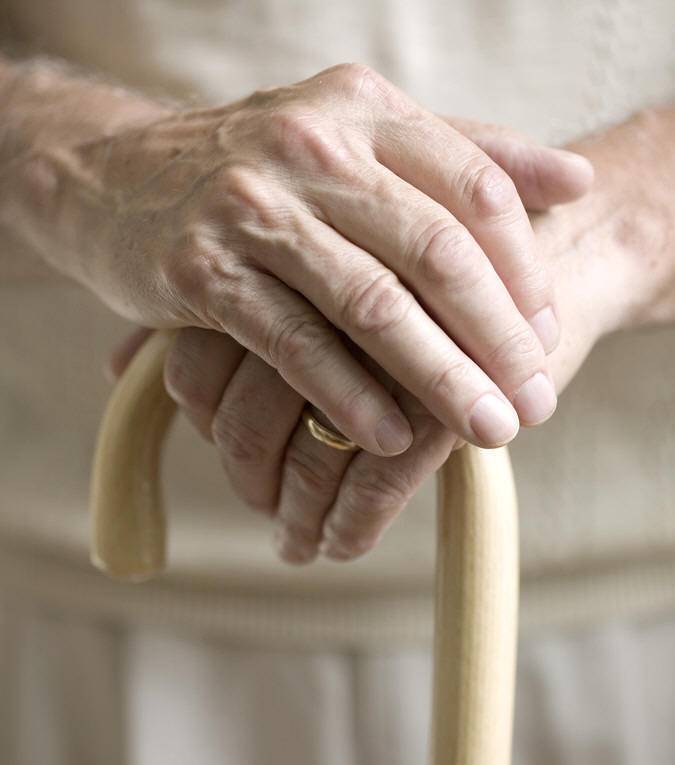 Tai Chi Reduces Falls in the Elderly by Half.
Tai Chi Reduces Falls in the Elderly by Half.
In a comparative study of Tai Chi and Computerised Balance Training (CBT), The Atlanta FICSIT research team* found that Tai Chi training reduced the risk of falling by 47.5%. The study was conducted with a group of 200 people aged 70+ over a 15-week period with a four months follow-up.
These two approaches were assessed with regard of their influence on biomedical, functional, and psychological indicators of frailty and, secondarily, evaluated their influence on the occurrence of falls. It was noted, “Tai Chi is a low technological, inexpensive group activity, whereas the CBT approach is a comparatively expensive, high technological approach performed individually”. To the surprise of the research team, the CBT approach did not reduce the rate of falls in this study. Tai Chi participants also reported “reduced fear of falling and increased sense of being able to do all that they would like to do”.
Researchers attributed the dramatic improvement in balance to the fact that in the Tai Chi “form” participants continually used body rotational movements on a progressively diminishing base of support. Static balance exercises do not seem to improve balance in later life.
Reducing Frailty and Falls in Older Persons: An Investigation of Tai Chi and Computerized Balance Training, Wolf et al., Journal of American Geriatrics Society, May 1996 – Vol 44, No.5.
Some hip fractures occur as a result of a direct injury when the patient hits the ground, but a high proportion occur as a result of stresses and strains set up by a sudden twisting when people are aged and suffer from osteoporosis. One textbook goes as far as to suggest that the majority of fractures of a brittle hip follow rotational forces induced by a stumble or a fall, and not from a direct injury as the patient hits the ground. Dr Thomas Stuttaford in The Times on 29th January 1998 following Queen Elisabeth the Queen Mother’s fall and hip fracture.
Now lets look to some simple tests and aids to balance training.
I was first introduced to these exercises by Eva Koskuba, some years ago, and found it massively useful. Time how long you can remain balanced standing on one leg. This can give you an indication of how “old” you are regarding your balance.
If you can balance for … You have the balance of a …
- 2.5 seconds 60-year-old
- 3.7 seconds 50-year-old
- 7.2 seconds 40-year-old
- 15.1 seconds 30-year-old
- 22.1 seconds 20-year-old
If you can balance according to your age or better – congratulations, and keep up the good work. If you find that your balance falls far short of your actual age, remember that you can improve your balance with a little bit of practice - and you can keep on improving it.
How can you improve your balance?
- Training in balance, strength, co-ordination and endurance (see exercises overleaf).
- Set yourself a realistic goal that is specific and achievable. Once you have a specific goal, give yourself enough time to accomplish it.
Why is balance important?
Balance seems to deteriorate from the age of forty, some say even earlier. It is a case of “use or lose it”. In elderly people, poor balance more than doubles the risk of being seriously injured in a fall. Research into the falls of elderly people shows that:
- With strength, balance and endurance training, the risk of falling is reduced by 10%.
- With specialised balance training, the risk of falling is reduced by 25%.
- With regular Taiji training, the risk of falling is reduced by 47%.
Balance Boosters:
- Keep your weight evenly distributed over both feet when standing. Feel your weight fall through you body to the ground but not through your heels.
- Keep your body symmetrical, keeping the shoulders in line with the hips and ankles.
- When walking, keep your head as if suspended from above; keep looking ahead and not down on the ground.
- Feel the way you transfer the weight. Feel your body weight on your entire foot – heel, ball, toes and both sides.
- Move slowly and with awareness.
- Focus your eyes on something ahead of you and pay attention to your feet.
Balance Exercises:
- Come up on your toes, balance for a moment and come down on your heels. Repeat several times.
- Stand as tall as you can on your toes and start walking forward with slow, small steps.
- Lift one leg and hold for a moment. To balance on one foot, shift your weight over that foot before lifting the other leg.
- Lift one leg and draw a circle with the knee.
- Lift one leg so that the lifted knee is above the hip. Repeat with the other leg.
- Squatting is a very effective strengthening exercise for the thighs (quadriceps). However, pay close attention to the proper alignment of the hips, knees and toes.
- Walk slowly forwards and backwards.
Balance Challenge:
- Close your eyes. Then, keeping your eyes shut, slowly lift one foot and try to balance on the other leg. Count the seconds you remain balanced. It is quite surprising how difficult this is.
- Balance on one leg, come up on your toes and hold for a moment...
Conclusion
Falls pose a significant threat to the health and independence of older adults, but Tai Chi offers a practical, evidence-supported and highly accessible solution. Decades of clinical research show that regular Tai Chi practice can significantly reduce fall risk, improve balance, enhance mobility, and increase confidence.
Organisations such as Falls Prevention Training (fallspreventiontraining.co.uk) and guidance from experts such as Kaiming provide structured programmes that make these benefits achievable for people of all abilities. Tai Chi is gentle, sustainable, and effective — a powerful tool in helping older adults stay steady, mobile and independent for longer.